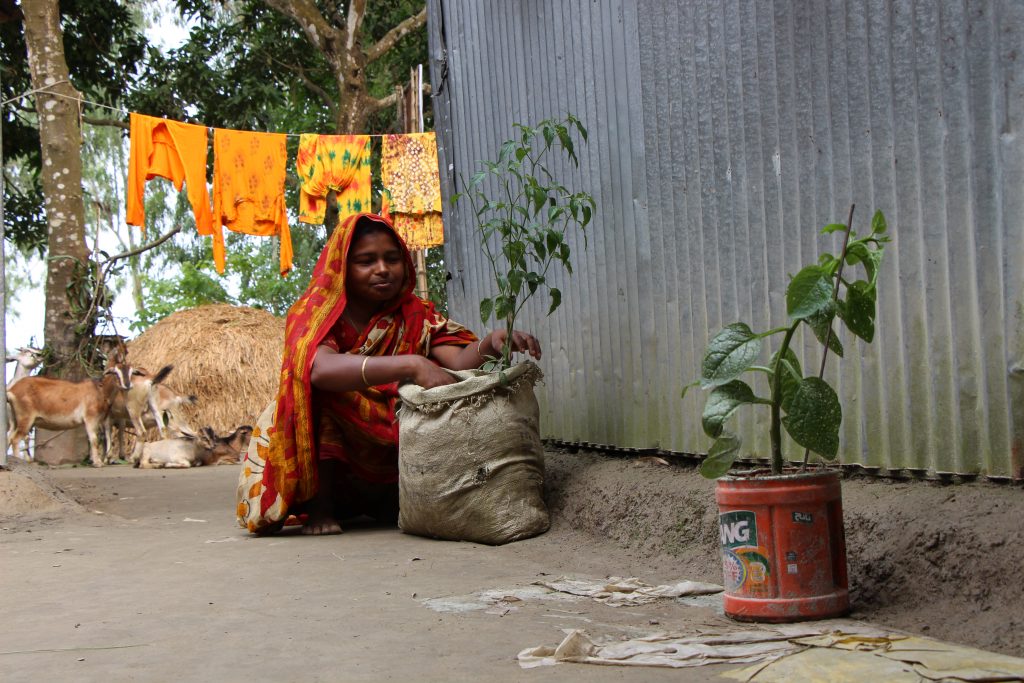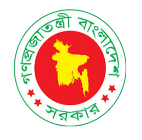“I was in the market/bazaar when I got the message about the expected heavy winds and rainfall during the cyclone. Then, I purchase bamboo to prepare the pillars for one of the rooms in my house which was weak. I was protected from the heavy rain due to receiving this message”
– Nazrul Islam from Kurigram
(on receiving a weather advisory during the super cyclonic storm, Amphan in May of 2020)

SHOUHARDO III built the capacity of the poor and extreme poor participants to apply appropriate strategies in the reduction of negative impacts from, and response to, disasters. The program supported the development of household and community contingency plans, and the use of early warning information. In the community groups, there are elected Disaster Risk Reduction (DRR) leaders who facilitate the review of the contingency plan at the community level.
The program provided capacity building training to Upazila Disaster Management Committee (UzDMC), Union Disaster Management Committee (UDMC) on disasters preparedness, rescue, and response, and Union Disaster Volunteer (UDVs) on the collection of early warning information and dissemination, engage in rescue at the local level and help UDMCs in response activities.

The program closely works with its technical partner Regional Integrated Multi-Hazard Early Warning System (RIMES) to enhance community resilience by reducing risks from extreme natural events and going beyond “what the weather will be” to “what the farmers will do.” RIMES has developed a 15-day streamflow forecasting system that has been automated and this has been integrated into Flood Forecasting and Warning Center(FFWC)’s operational forecasting system.


